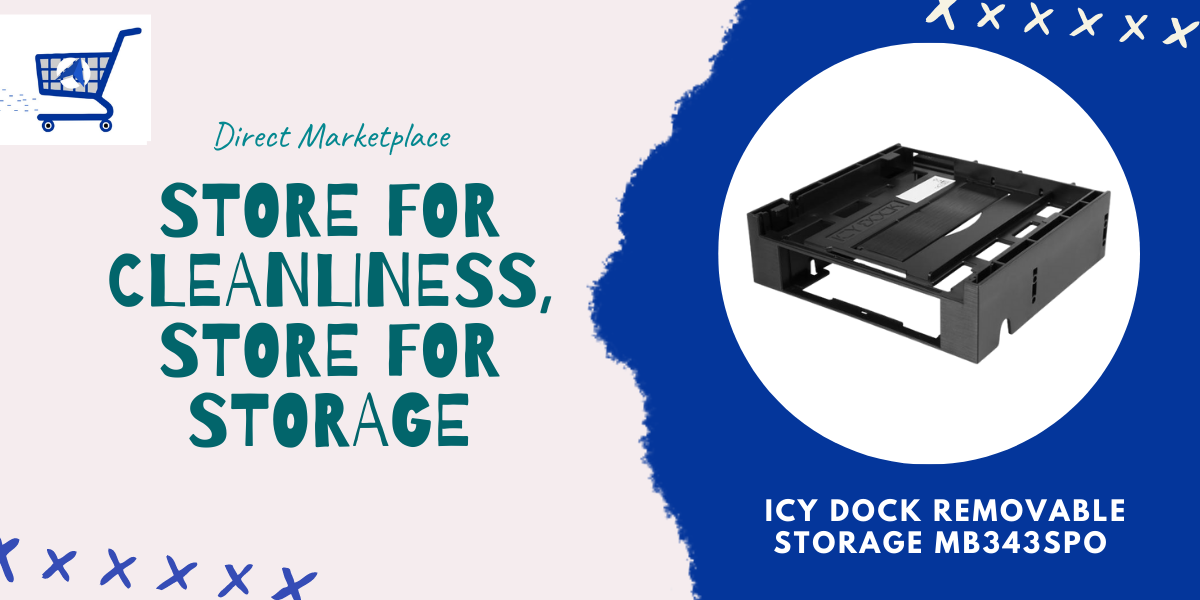Cleanrooms serve as controlled environments designed to maintain specific cleanliness levels, air quality, and particle control to safeguard against contamination. From healthcare and electronics manufacturing to pharmaceuticals and aerospace, cleanrooms are vital in ensuring product quality, safety, and precision.
According to industry reports, the global cleanroom market is projected to reach $9.7 billion by 2032, growing at a CAGR of 7.6%. This growth can be attributed to the increasing demand for stringent cleanliness standards and the rising adoption of cleanroom technology across various sectors.
In this article, we will explore the unique characteristics of each cleanroom type and their relevance to specific sectors in an attempt to understand their indispensable contributions in shaping industries worldwide.
Let’s get started!
Unidirectional Flow Cleanrooms
Unidirectional flow cleanrooms, also known as laminar flow cleanrooms, are designed to ensure a highly controlled airflow pattern, minimizing the risk of contamination. In these cleanrooms, the air is introduced through high-efficiency particulate air (HEPA) filters and flows in a single direction, typically from the ceiling to the floor. This unidirectional airflow helps to maintain a clean and sterile working environment.
Unidirectional flow cleanrooms have extensive applications in the pharmaceuticals, biotechnology, and microelectronics industries. They are particularly crucial in environments where product sterility is paramount and where sensitive processes are involved.
Studies have shown that unidirectional flow cleanrooms can achieve a cleanliness level of ISO Class 5 or better, with particulate count reduced to as low as 1 particle per cubic foot of air. The controlled airflow not only minimizes particle contamination but also aids in temperature and humidity control, further enhancing the precision and reliability of processes.
Static Dissipative Cleanrooms
Static dissipative cleanrooms are specialized environments designed to control electrostatic discharge (ESD) and prevent damage to sensitive electronic components or equipment. These cleanrooms incorporate materials and systems that dissipate static charges, ensuring a safe working environment for the production and handling of electronic devices.
In industries such as semiconductor manufacturing, electronics assembly, and telecommunications, static electricity can cause significant damage and lead to costly product failures. Thus, static cleanrooms are used for the purpose of mitigating the risk of electrostatic discharge and maintaining the integrity of sensitive electronic components.
Static dissipative flooring and work surfaces, as well as ionization systems, are commonly employed in these cleanrooms to control and neutralize static charges. According to American Cleanroom Systems, heat welded vinyl, vinyl tiles, and epoxy coating are popular choices for static dissipative cleanroom flooring.
Under the vinyl flooring, copper conducting strips are positioned and connected to the cleanroom ground. These measures help protect against potential damage caused by electrostatic events.
According to industry reports, the global market for static dissipative flooring is projected to grow from USD 1.02 Billion in 2022 to USD 2.06 Billion by 2030, at a CAGR of 7.5% during the forecast period. Growing demand from the electronics and automotive sectors, increasing adoption of advanced electronics, and the need for ESD protection are driving the market growth.
Biohazard Cleanrooms
Biohazard cleanrooms are specialized facilities designed to handle and contain biological contaminants, such as pathogens and hazardous materials. These cleanrooms provide a controlled environment that prevents the spread of contaminants and ensures the safety of personnel, products, and the surrounding environment.
According to a report by Research Dive, the global biohazard bags market, which includes products used in biohazard cleanrooms, is expected to reach $679.1 million by 2030 from 396.6 million in 2021, at a remarkable CAGR of 6.38%. This growth is driven by increasing awareness about healthcare-associated infections, rising investment in research and development, and the need for proper waste management in biohazardous environments.
In sectors such as healthcare, pharmaceuticals, and research laboratories, biohazard cleanrooms are essential for working with infectious agents, handling biological samples, and conducting experiments involving hazardous materials. These cleanrooms incorporate rigorous protocols, stringent safety measures, and specialized equipment to minimize the risk of exposure and maintain containment.
Aerospace Cleanrooms
Aerospace cleanrooms are specialized environments designed to meet the stringent requirements of the aerospace industry. These cleanrooms provide controlled conditions for the assembly, testing, and maintenance of aerospace components, ensuring optimal performance, reliability, and safety.
In aerospace cleanrooms, particulate contamination control, temperature and humidity regulation, and cleanroom protocols are of utmost importance. The controlled environments help prevent the ingress of contaminants, such as dust particles or foreign objects, which can negatively impact the performance and longevity of aerospace equipment.
Nanotechnology Cleanrooms
Nanotechnology cleanrooms are specialized environments designed for the research, development, and manufacturing of nanoscale materials, devices, and structures. In nanotechnology cleanrooms, nanofabrication, nanoparticle synthesis, nanolithography, and cleanroom protocols are crucial.
Nanotechnology cleanrooms play a pivotal role in the development of nanoscale devices, sensors, coatings, and other applications across industries. They provide a controlled environment for manipulating and engineering materials at the atomic and molecular scale, enabling breakthroughs in electronics, energy, healthcare, and other fields. These cleanrooms are instrumental in harnessing the potential of nanotechnology and driving innovation toward a more advanced and interconnected future.
Conclusion
It is important to note that this article covers only a selection of cleanroom types and applications. Other types, such as data center cleanrooms, optics cleanrooms, and automotive paint cleanrooms, also play crucial roles in their respective industries.
Cleanrooms continue to evolve and adapt to the ever-changing needs of different sectors, enabling industries to achieve the highest standards of cleanliness, precision, and product quality.
Also Read:










